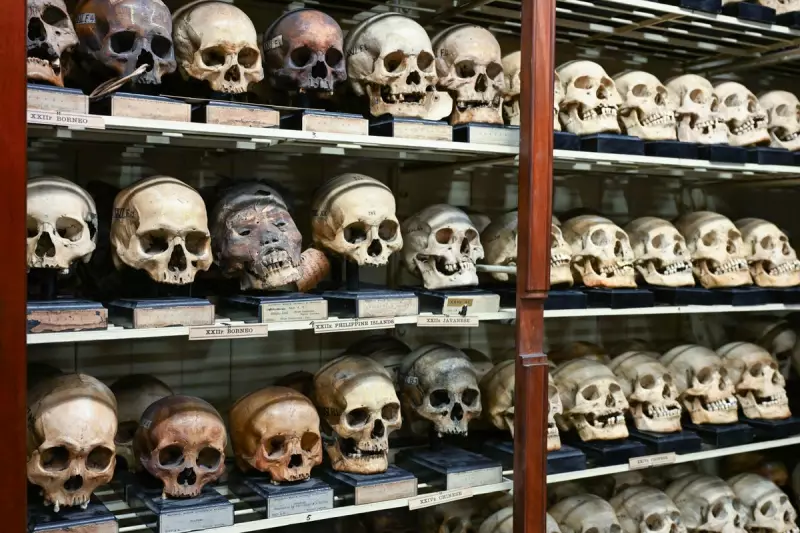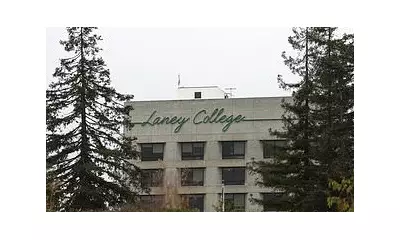
A deeply troubling chapter in the history of British science has been brought to light, as an investigation reveals the University of Edinburgh's historic anatomy collection was used to fuel racist ideologies and justify the expansion of the British Empire.
The research, led by PhD candidate Tess Lunt, exposes how renowned 19th-century anatomist Professor Alexander Monro III amassed a collection of over 1,800 human skulls. Far from being a purely scientific endeavour, this collection was systematically used to promote the now-debunked theory of phrenology—the idea that intelligence and character could be determined by skull shape and size.
The findings present a damning indictment of how science was weaponised to support colonial ambitions. The collection, which remains one of the largest of its kind in the UK, was explicitly used to create a racial hierarchy that placed white Europeans at the apex, thereby providing a 'scientific' rationale for imperial domination and subjugation.
Lunt's work meticulously documents how these ideas were mainstream, taught to medical students, and published in academic papers. "This wasn't a fringe belief; it was part of the established medical curriculum," she states, highlighting the uncomfortable truth that racism was deeply embedded within the institution's foundations.
The University of Edinburgh now faces a complex legacy. While it has acknowledged this difficult history and is supporting the research, the presence of these remains—many of which were acquired unethically from indigenous populations and colonised territories—poses significant ethical questions about restitution, display, and memory.
This revelation forms a crucial part of a wider national conversation about Britain's colonial past and how its institutions, from museums to universities, are reckoning with the uncomfortable and often racist foundations upon which they were built.





